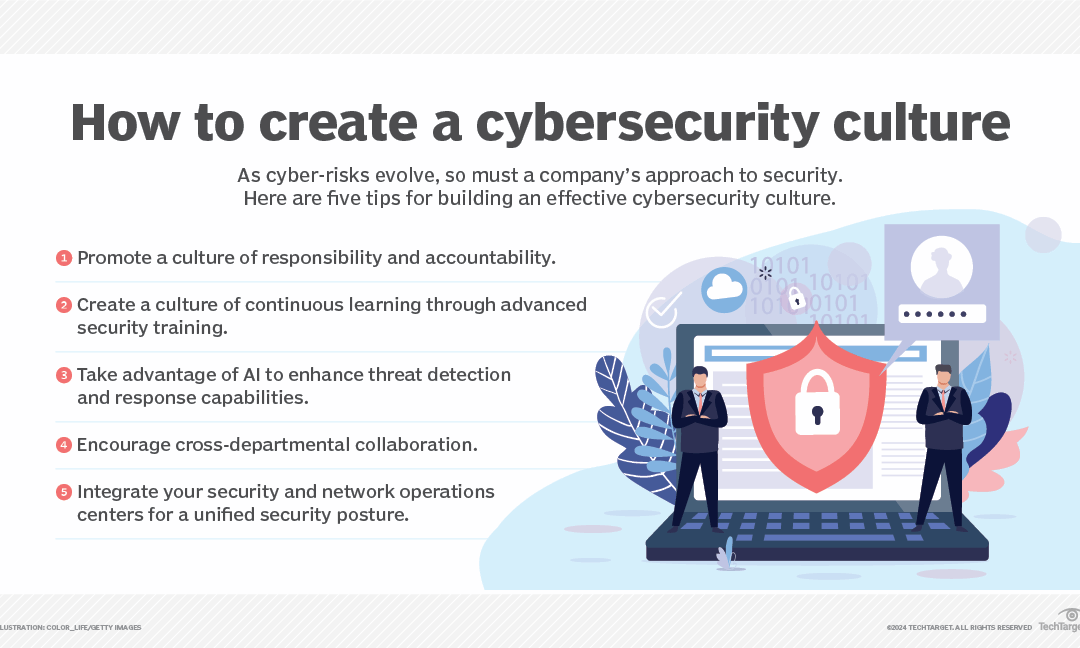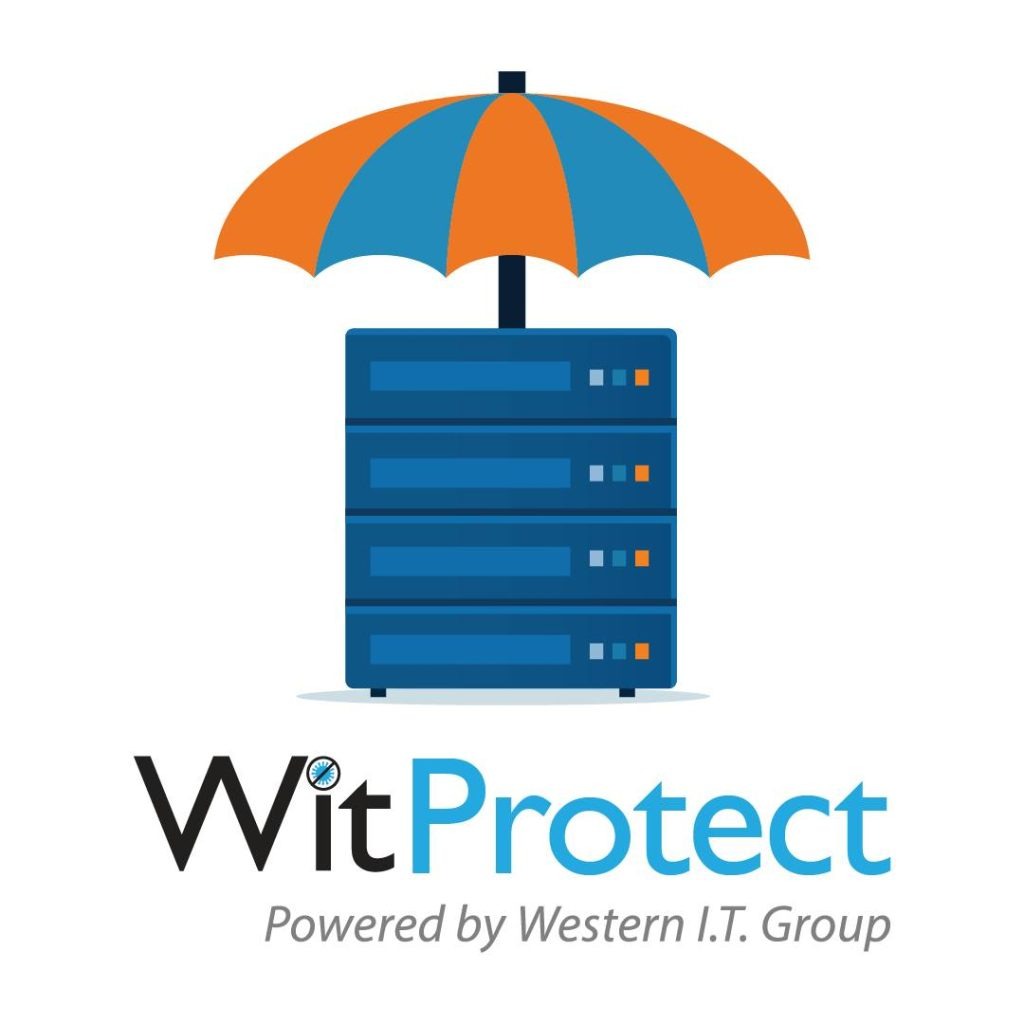Why Your Business Needs Cybersecurity More Than Ever? In today's hyper-connected digital world, cybersecurity is no longer a...


Why Your Business Needs Cybersecurity More Than Ever? In today's hyper-connected digital world, cybersecurity is no longer a...

Worried about being a target for phishing attacks? Protect your company today!

Understand the Holiday Season Cyber Threats The holiday season is a time for joy, celebration, and generosity. However, this...

Cybercriminals steal credit card? Cybercriminals have various methods at their disposal to hack and exploit credit card...

This in-depth cybersecurity planning guide provides information and advice to help organizations develop a successful strategy...
While home health agencies face distinct health IT challenges, collaboration and innovation are crucial for overcoming these barriers and delivering high-quality care.

By: Hannah Nelson, Assistant Editor. Published: 12 Jun 2024 on www.techtarget.com
Home healthcare is increasingly popular as a cost-effective method to improve quality of life by allowing individuals to receive care at home. However, home health agencies (HHAs) face distinct health IT challenges due to the remote nature of services, compounded by exclusion from federal interoperability adoption incentives.
According to CMS, home healthcare is defined as a wide range of healthcare services that can be given in a patient’s home for an illness or injury. Home healthcare can be short-term, aiding recovery post-hospital discharge, or long-term, helping chronically ill or disabled individuals maintain optimal function and health.
While health IT interoperability benefits all healthcare providers, data sharing is particularly vital for home healthcare providers to ensure effective communication among the multidisciplinary teams involved in a patient’s care.
Below are three challenges regarding health IT in home health settings, as well as potential ways to address them.
While home health agencies (HHAs) are increasingly implementing EHR platforms, adoption lags behind other healthcare providers. According to a 2023 HHS report, over 85% of ambulatory practices and 95% of hospitals use EHRs, compared to 80% of HHAs.
The report authors indicated that this divide is largely due to HHAs not receiving the federal EHR adoption incentives that drove widespread implementation across ambulatory practices and hospitals.
Paper-based documentation within HHA can present challenges for providers. A survey-based study of HHA nurses and staff revealed that organizations lacking EHR systems experienced inefficient and time-consuming paper charting processes.
HHA nurses and staff without EHR platforms also mentioned challenges regarding care coordination and timely communication with other providers.
Still, EHR implementation is not the golden ticket to interoperability.
For instance, a 2019 survey of individuals from 56 home healthcare agencies in Colorado found that 90% of organizations used EHRs. However, less than half of the nurses and staff surveyed reported having access to EHR data from referring hospitals or clinics.
Further, even when respondents had access to EHR data from referring providers, they often reported insufficient information across several domains, including recommended tests and pending studies.
HHA nurses and staff indicated that connecting to a regional health information exchange (HIE) was a valuable way to access additional clinical information from hospitals.
Federal interoperability efforts such as TEFCA could streamline data exchange for home health agencies (HHAs), enabling them to access data from multiple health information networks through a single connection.
Mobile devices enable greater flexibility in providing healthcare to patients and are the only logical way for home health workers to access EHR data in the field. However, reliable internet connectivity is not guaranteed when travelling to patients’ homes, especially in rural areas.
According to a report by the Federal Communications Commission, about 96% of the United States population had access to broadband at the FCC’s minimum speed benchmark in 2019, compared to 73.6% of rural Americans.
Providing staff with devices with strong connectivity, such as 4G LTE or 5G, can help ensure that home health workers can access data and document patient information at the point of care.
However, with increased mobile connectivity comes heightened security risks. As providers implement mobile solutions to enhance care delivery, they must ensure HIPAA compliance to protect the security of protected health information (PHI).
According to HHS, healthcare providers, other covered entities, and business associates may use mobile devices to access electronic PHI in a cloud “as long as appropriate physical, administrative, and technical safeguards are in place to protect the confidentiality, integrity, and availability of the ePHI on the mobile device and in the cloud.”
HHAs looking to ensure HIPAA compliance can leverage mobile device management (MDM) tools as part of their larger cybersecurity strategy. According to the National Institute of Standards and Technology (NIST), these solutions allow organizations to secure mobile devices used to access organizational resources.
Home health organizations can enroll employees’ personal or company-owned mobile devices into an MDM solution to apply enterprise configurations, manage enterprise applications and enforce compliance with organizational policies.
Historically, home healthcare required providers to travel to patients’ homes to deliver care. However, the care model increasingly includes elements of telehealth, reducing the need for in-person appointments and allowing providers to monitor patients’ health from afar.
While a 2019 study found that only 16% of HHAs used telehealth, the use of virtual care is likely to have increased across HHAs since the COVID-19 pandemic.
However, the swift adoption of telehealth during this period brought forth several challenges for home healthcare, including the absence of internet or device accessibility in patients’ homes, technical glitches and cognitive and sensory impairments hindering patient engagement in virtual care.
Additionally, wearable devices that monitor physical activity, heart rate, and other vital signs offer valuable data to inform home healthcare. However, integrating this data into the EHR and clinical workflow remains a significant challenge across the care continuum due to the lack of interoperability between different devices and EHR systems.
Device and EHR vendors use proprietary and closed communication methods, making it difficult for them to communicate and transfer data. To address this barrier, researchers are looking to create “plug-and-play” interoperability standards like those seen in consumer electronics to support device compatibility between different vendors.
Overcoming health IT challenges in home healthcare will require collaboration between policymakers, vendors and healthcare providers. By prioritizing interoperability, patient data security and connectivity, HHAs can deliver high-quality care with the aid of health IT.
Hannah Nelson has been covering news related to health information technology and health data interoperability since 2020.
Western IT Service is a prominent provider specializing in comprehensive IT solutions tailored to diverse business needs. They offer a range of services that are critical for organizations, including home health agencies (HHAs), to overcome IT challenges and enhance operational efficiency. Their offerings can play a significant role in addressing the health IT challenges faced by HHAs, particularly in the context of electronic health record (EHR) interoperability, mobile device management, and telehealth connectivity.

WIT Protect, Shielding Your Business with Unrivaled Cybersecurity.
1. Addressing EHR Interoperability Challenges
One of the foremost challenges for home health agencies is achieving seamless EHR interoperability. As HHAs strive to implement EHR systems, Western IT Service can be instrumental in facilitating this transition. They offer solutions that bridge the gap between disparate EHR systems, enabling HHAs to achieve greater data consistency and accessibility. Western IT Service provides consulting and implementation support to ensure that EHR systems are integrated effectively within the existing IT infrastructure of HHAs.
Their expertise includes deploying middleware solutions that enable different EHR systems to communicate and share data efficiently. By leveraging their experience with various EHR platforms and health information exchanges (HIEs), Western IT Service helps HHAs ensure that data from referring hospitals and clinics is accessible and actionable. This can address the issue of incomplete or insufficient data reported by HHA staff, ultimately improving care coordination and patient outcomes.
Furthermore, Western IT Service assists in navigating federal interoperability initiatives, such as the Trusted Exchange Framework and Common Agreement (TEFCA). By aligning HHA EHR systems with these frameworks, Western IT Service ensures that agencies can participate in broader health information networks, thus streamlining data exchange processes and enhancing overall interoperability.
2. Enhancing Mobile Device Management
Mobile device management (MDM) is another critical area where Western IT Service provides substantial value. Given the reliance of home health workers on mobile devices for accessing and documenting patient information, it is crucial to implement robust MDM solutions to ensure data security and compliance. Western IT Service offers a range of MDM tools designed to protect sensitive health information while maintaining flexibility for mobile healthcare workers.
Their MDM solutions include features such as remote device management, data encryption, and application control. These capabilities are essential for safeguarding protected health information (PHI) as it is accessed and transmitted across mobile devices. Western IT Service’s MDM solutions ensure that devices used by HHA staff comply with HIPAA regulations, reducing the risk of data breaches and enhancing overall cybersecurity.
Additionally, Western IT Service provides support for integrating MDM tools with other IT systems within the HHA’s infrastructure. This integration helps in managing enterprise configurations and enforcing organizational policies effectively. By providing comprehensive MDM solutions, Western IT Service enables HHAs to maintain a secure and compliant mobile work environment, which is crucial for delivering high-quality home healthcare.
3. Overcoming Telehealth Connectivity Challenges
Telehealth has become an integral part of home healthcare, especially with the increased adoption driven by the COVID-19 pandemic. Western IT Service plays a key role in addressing the connectivity challenges associated with telehealth. They offer solutions to enhance internet connectivity and ensure that telehealth services are delivered effectively, even in rural or underserved areas.
Their services include optimizing network infrastructure to support reliable telehealth communication and providing technical support to resolve connectivity issues. Western IT Service helps HHAs implement solutions that ensure stable internet access for both healthcare providers and patients, which is essential for successful telehealth interactions.
Moreover, Western IT Service aids in integrating telehealth platforms with existing EHR systems, addressing the challenge of data interoperability between different devices and systems. Their expertise in developing and deploying interoperability standards facilitates the smooth integration of telehealth data into the EHR, enabling healthcare providers to access comprehensive patient information in real time.
4. Comprehensive IT Support and Solutions
Beyond these specific areas, Western IT Service offers a broad spectrum of IT support and solutions that are beneficial for HHAs. Their managed IT services include network management, cybersecurity solutions, and cloud computing, all of which contribute to the efficient and secure operation of home health agencies.
Their network management services ensure that HHAs have a reliable and high-performance IT infrastructure to support their operations. This includes monitoring and maintaining network equipment, troubleshooting connectivity issues, and ensuring that network security measures are in place to protect against cyber threats.
In the realm of cybersecurity, Western IT Service provides solutions to safeguard sensitive health information and protect against data breaches. Their cybersecurity services include threat detection, incident response, and compliance management, ensuring that HHAs meet regulatory requirements and maintain a secure environment for patient data.
Their cloud computing solutions offer scalable and flexible IT resources that can be tailored to the needs of HHAs. This includes cloud storage for managing large volumes of patient data, cloud-based applications for enhancing operational efficiency, and disaster recovery solutions to ensure continuity of care in the event of an IT disruption.
Conclusion
In summary, Western IT Service offers a comprehensive suite of IT solutions that are crucial for addressing the health IT challenges faced by home health agencies. Their expertise in EHR interoperability, mobile device management, telehealth connectivity, and overall IT support helps HHAs enhance their operational efficiency and deliver high-quality care. By leveraging Western IT Service’s offerings, home health agencies can overcome the barriers to effective IT implementation and achieve better outcomes for their patients. Their commitment to providing innovative and reliable IT solutions aligns with the growing demands of the home healthcare industry, making them a valuable partner in advancing the field of home health IT.
Stay Safer, One Email at a Time: Introducing Our New AI-Powered Email Scanner In today's rapidly evolving digital...
Why Your Business Needs Cybersecurity More Than Ever? In today's hyper-connected digital world, cybersecurity is no...
Worried about being a target for phishing attacks? Protect your company today!